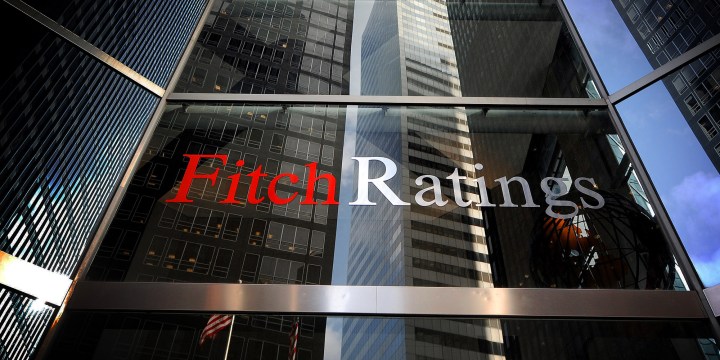DEBT RATING
Fitch maintains stable outlook for SA, but flags power supply and public wages woes

Credit rating agency Fitch on Friday affirmed South Africa’s long-term foreign and local currency debt ratings at BB- and maintained a stable outlook.
According to Fitch, the affirmation took into account the recent overperformance of revenue and government’s strong efforts to control expenditure, which, if continued successfully, could bring about debt stabilisation. However, the agency assumes a substantial part of recent higher revenues to be temporary and sees current public sector wage demands pointing to increased upward pressure on spending.
As South Africa, like many other countries, continues to face a cost-of-living crisis, public sector unions are demanding a 10% wage increase, while government is holding firm on its offer of 3%, plus benefits. At the Medium-Term Budget Policy Statement (MTBPS) just last month, Finance Minister Enoch Godongwana flagged this as a short- to medium-term risk, saying that higher-than-budgeted public service wage costs would strain fiscal resources.
“Additional fiscal measures or reductions in headcounts would be required to contain overall compensation spending,” he said.
The spending estimates tabled at the MTBPS included the offer that the government made to unions at the end of August including:
- The continuation of a non-pensionable cash allowance for the current financial year. This translates into an average of R1,000 per employee per month until March 2023.
- A pensionable salary increase of 3% for public servants.
- This offer will be implemented through the payroll system, and backdated to April 2022.
Visit Daily Maverick’s home page for more news, analysis and investigations
National Treasury noted that government’s fiscal strategy reduces risks to the economy and public finances over the medium term. “The higher-than-anticipated revenues will be used to reduce the gross borrowing requirement, support spending priorities and reduce risks to the fiscal outlook. Government is working to improve the efficiency of spending and remains committed to returning public finances on a sustainable path,” National Treasury said in a media statement issued on Friday night.
According to Fitch, South Africa’s ratings continue to be supported by a favourable debt structure with long maturities and mostly denominated in local currency as well as a credible monetary policy framework.
Another key issue that Fitch flagged was government’s confirmation that it will transfer one-third to two-thirds of Eskom’s R400-billion debt to the government balance sheet.
“Details are still to be announced, but we assume annual transfers of R50-billion over the next four years, incorporated in our debt forecast as stock flow adjustments. A debt transfer of Eskom debt to the government had been expected for some time and has been incorporated into our rating. We assume the government will separately need to provide cash support to struggling state-owned enterprises as already provisioned for,” Fitch said in a statement.
Fitch further noted that although there are substantial investments in increasing generation capacity under way, there is a risk that the power supply imbalances may deteriorate further, with escalating effects on growth. As such, the ratings agency expects GDP growth to slow from 1.6% in 2022 to 1.1% in 2023 on the back of weakening global growth and monetary tightening, and fading support from post-pandemic reopening, with only a mild recovery to 1.7% in 2024. Fitch anticipates that the incidences of load shedding will not significantly improve next year, but will only start to gradually ease in 2024.
The Fitch ratings update echoes that of ratings agency S&P, which revealed earlier this month it was maintaining a positive outlook for South Africa with long-term foreign and local currency debt ratings at BB- and BB, respectively. S&P also sees the low external debt position, flexible currency and deep domestic capital markets as fundamental credit strengths that should cushion against external rising financing risks. BM/DM

















 Become an Insider
Become an Insider
Comments - Please login in order to comment.